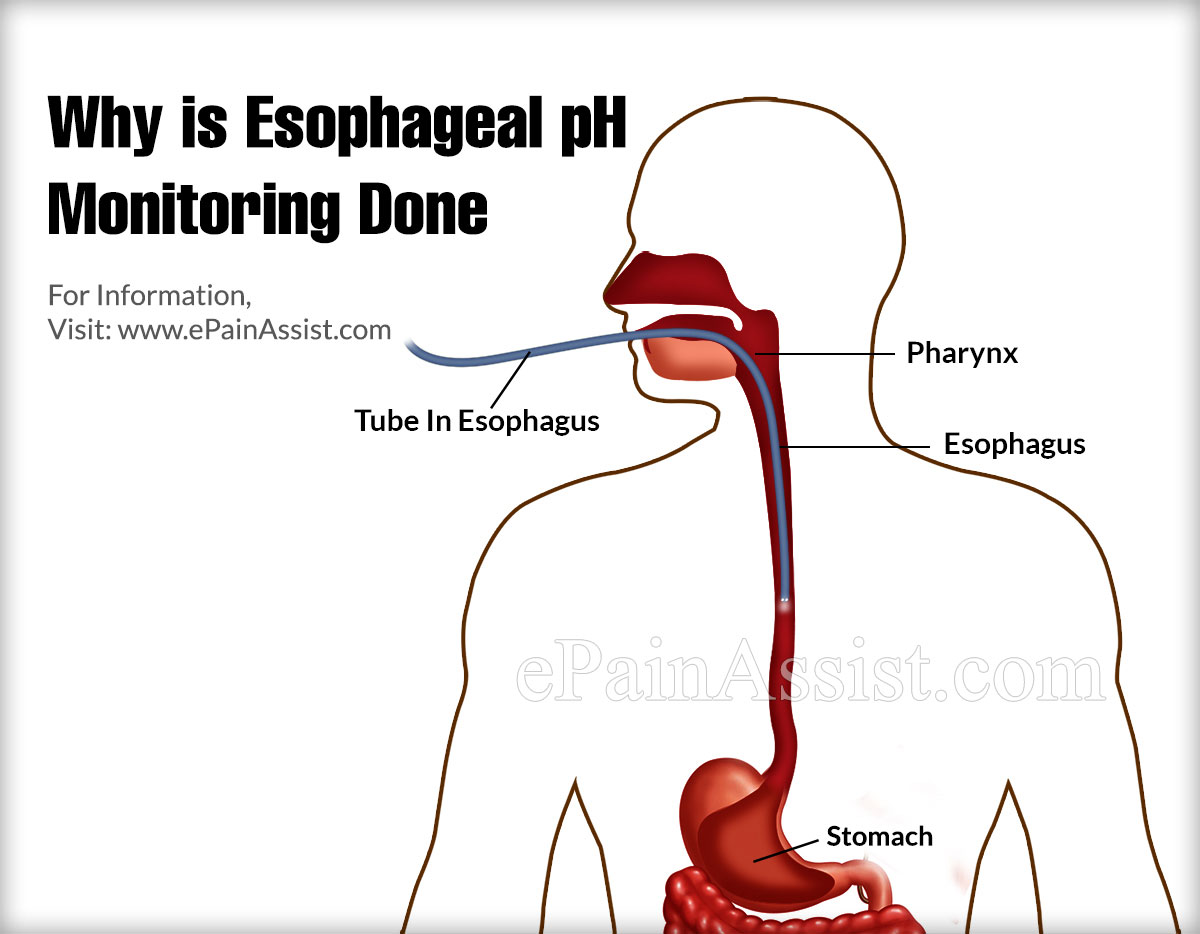What is Esophageal pH Monitoring?
Esophageal pH monitoring is a test that helps determine how often the stomach acid enters the tube (esophagus) that leads from mouth to the stomach. It also measures the length of time the acid stays there.
The esophagus is a hollow muscular tube that extends from throat to the stomach. A soft membrane lines it that protects the esophagus from damage. The role of the esophagus is to transfer the food from the throat to the stomach.

Why is Esophageal pH Monitoring Done?
Esophageal pH monitoring measures how frequent and for what length of time the stomach acid enters the esophagus(1)
GERD is a chronic disease that is caused by regurgitation of stomach acid along with substances up from the stomach. It leads to the following symptoms:
- Heartburn, a symptom of indigestion in the stomach, esophagus, chest or upper abdomen.
- Regurgitation, acid flowing back in the esophagus, throat or mouth.
- Dyspepsia which can lead to burping, bloating or nausea after eating
These symptoms are experienced by many people from time to time. If you suffer from these symptoms more than once or twice in a week, GERD is suspected by the doctor.
Esophageal pH monitoring is advised, along with endoscopy of the upper GI tract.
In infants, the test is also done to determine the cause of excessive crying.
Preparation for the Esophageal pH Monitoring Test
The individual undergoing the Esophageal pH monitoring test is advised to fast for at least 4-6 hours before the test. Smoking should also be avoided by the person.
There are certain medications such as adrenergic blockers, antacids, corticosteroids, H2 blockers, cholinergic, anticholinergics, and proton pump inhibitors which should also be stopped before Esophageal pH monitoring test. These medicines might change the result.
The Procedure of Esophageal pH Monitoring
A thin tube is passed from the nose or the mouth, down the throat into the esophagus. There is a tiny pH meter at the distal end of the tube which measures the pH to reflect the amount of acid present.
For the next 24 hours, you have to wear the monitor on the strap to record the symptoms and activity in a diary. The following notes should be recorded:
- What time you eat and drink
- What food is eaten
- The time you have laid down or got up
- Any other symptom or experience
The next day you have to return to the hospital or office to get the tube removed. The data from the device is matched with the notes to make a diagnosis.
In the case of children, there are asked to stay in the hospital for 24 hours.
Results
An abnormal test means there is too much acid in the esophagus which can be due to GERD, Barrett esophagus, difficulty in swallowing, heartburn, reflux esophagitis, and esophageal scarring.
If the doctor suspects esophagitis, additional tests are recommended which include GI endoscopy or barium swallow.
Risks Involved with Esophageal pH Monitoring
There is not much risk associated with Esophageal pH monitoring test, rare complications include:
- Inhaling vomiting, if during tube insertion someone vomits
- Irregular heartbeat due to anxiety during tube insertion
Alternatives to Esophageal pH Monitoring
The information provided by esophageal pH monitor cannot be provided by any other device.
The presence of esophagitis visually at the time of endoscopy suggests the presence of acid reflux. Esophageal pH monitoring is needed to confirm the diagnosis.
References
